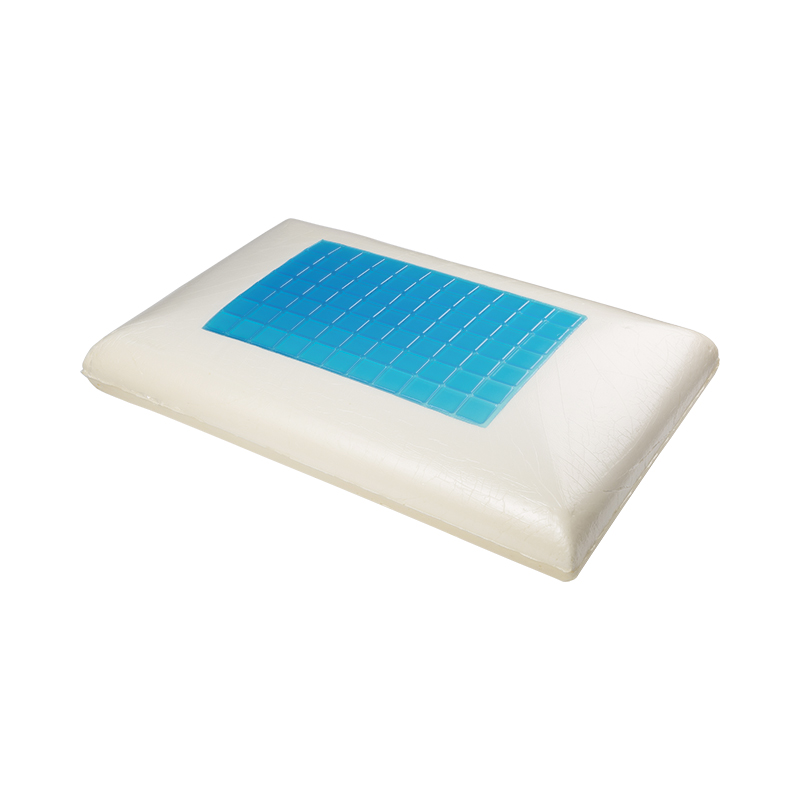Counter-Balanced Gas Springs achieve more precise mechanical balance by adjusting the gas pressure, mainly by changing the internal pressure of the gas, thereby adjusting the mechanical properties of the spring to meet the needs of different loads. Specifically, the following aspects determine how the gas pressure affects the mechanical balance:
1. The effect of gas pressure on the support force of the gas spring
Increase in pressure: When the gas pressure increases, the gas pressure inside the gas spring increases, thereby providing a greater reaction force. This enables the gas spring to withstand a larger load or provide more support. Therefore, increasing the gas pressure enables the gas spring to provide a stronger lift or support force to meet the needs of heavy loads.
Decrease in pressure: Conversely, when the gas pressure decreases, the internal gas pressure decreases and the support force decreases. This makes the gas spring suitable for applications with light loads or smaller force requirements. In this case, the gas spring can provide a smaller support force or lift force to help reduce the force required when opening and closing.
2. Effect of gas pressure on balance control
Balance control refers to the ability of a gas spring to precisely control force changes when the load changes, so that the device can maintain balance in different positions. By adjusting the gas pressure, the support force and reaction force of the gas spring can be precisely adjusted to meet different load requirements.
Precise adjustment: By precisely controlling the gas pressure, the gas spring can maintain balance in different positions (for example, from opening to closing). Slight adjustments in gas pressure allow the gas spring to maintain a stable support force under different load conditions and avoid operational inconvenience caused by excessive or insufficient support force.
Dynamic adjustment: In actual applications, the load may change over time (for example, load changes during seat adjustment). By precisely adjusting the gas pressure, the gas spring can dynamically respond to load changes and maintain the required mechanical balance.
3. Effect of gas pressure on gas spring force curve
The force curve of a gas spring (i.e., the support force curve that changes with the position of the gas spring) is closely related to the pressure. Adjusting the gas pressure will directly affect the steepness and shape of the force curve, thereby affecting the mechanical performance of the entire system.
Force curve with high charge: High charge usually makes the force curve of the gas spring steeper, provides a larger initial lift, and the force changes more rapidly when the gas spring is compressed. This configuration is suitable for applications that require a fast and strong response.
Force curve with low charge: Low charge makes the force curve flatter and provides a smaller lift, which is suitable for lighter loads. In this case, the support force of the gas spring changes more smoothly, which is suitable for applications that require fine adjustment.
4. The effect of charge on the life and stability of the gas spring
Stability of gas pressure: The appropriate charge helps maintain the long-term stability of the gas spring. When the gas pressure is too high, the gas inside the gas spring will cause more wear and leakage, shortening the service life. When the gas pressure is too low, the support force of the gas spring may not meet the load requirements, causing the gas spring to lose its proper function. Reasonable charge can maintain stable performance and extend the service life of the gas spring.
The effect of temperature on charge: Temperature changes will affect the pressure of the gas, so the adjustment of charge also needs to consider the influence of ambient temperature. Gas expands at high temperatures and contracts at low temperatures, so it is necessary to reserve room for temperature changes during design to maintain the stable performance of the gas spring under different temperature conditions.
5. How to adjust the pressure in the application
Manual adjustment: In some applications, the performance of the gas spring can be controlled by manually adjusting the gas pressure. For example, some gas springs may be equipped with a gas valve that allows the user to adjust the internal gas pressure when needed.
Automatic adjustment: Some high-end gas springs are designed with automatic adjustment functions, which can automatically adjust the gas pressure according to load changes or external conditions to provide the best mechanical balance.
By adjusting the gas pressure of Counter-Balanced Gas Springs, its support force and mechanical balance can be precisely controlled. Changes in the pressure directly affect the mechanical performance of the gas spring, including the size of the support force, the shape of the force curve, and its adaptability in different applications. Reasonable gas pressure regulation not only ensures smooth operation and load balance of the equipment, but also extends the service life of the gas spring and improves the stability and efficiency of the entire system.